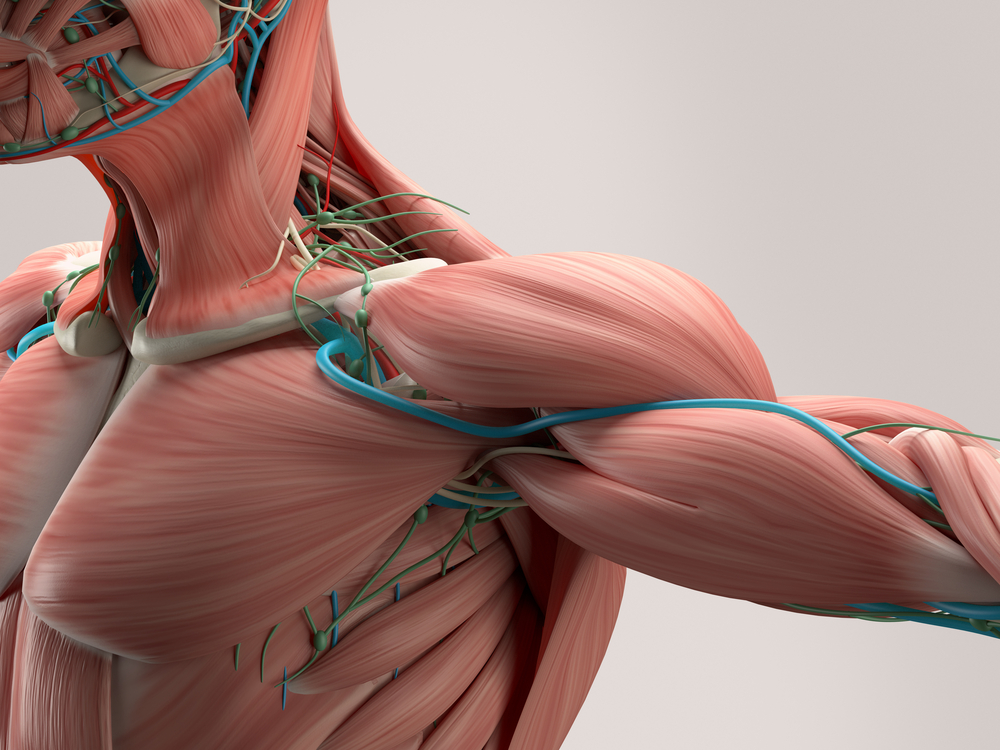Microscopic Views of Calcium Channel May Help Target Therapies for Muscular Dystrophy, Other Muscle Diseases

Researchers at Columbia University Medical Center (CUMC) have succeeded in using high-resolution electron microscopy visualize the intracellular channel involved in the contraction of the skeletal muscle.
The study, “Structural Basis for Gating and Activation of RyR1,” was published in Cell.
A number of conditions are known to affect various body muscle functions, including muscular dystrophy, a disease characterized by the gradual loss and weakness of the skeletal muscle.
However, except for the fact that these conditions are inherited, little is known about the mechanisms of their development. The ryanodine receptors (RyRs) calcium release channels have been reported to play a role in the contraction of the skeletal muscle.
In general, RyRs channels release calcium when the brain sends a signal to the cell, which alters the voltage across it and results in the contraction of the muscle. Two major categories of ryanodine receptors have been identified: RyR1s, located in the skeletal muscle cells, and RyR2s, located in the heart muscle cells.
A previously published study revealed the 3D structure of RyR1 channel using an advanced electron microscope in combination with a computer model. However, it only showed the channel in its closed state, where no calcium is released.
In this study, using a high-resolution electron microscope, the researchers were able to visualize the RyR1 channel in its open state and at different formations before opening. They were also able to test the effect of some activators of RyR1, including adenosine triphosphate and caffeine, on the calcium channel.
“Now, rather than having a static picture of the channel, we can make movies of a sort showing how various parts of the molecule are moving around,” co-study leader Joachim Frank, PhD, professor of biochemistry and molecular biophysics and of biological sciences at CUMC, and a Howard Hughes Medical Institute Investigator, said in a press release.
“It’s exciting to see this channel in such detail,” said co-study leader Dr. Andrew R. Marks, MD, professor and chair of physiology and cellular biophysics. “From this information, we can learn more about how the channel functions in normal conditions and how it malfunctions in disease states. Most important, these insights greatly improve our ability to design new drugs to treat a range of muscle diseases.”
The researchers believe that these findings are important because they may lead to improved therapies for different muscle disorders. Drugs targeting malfunctioning RyR channels, which improve muscle force in animals, are currently being developed by the researchers, and clinical trials on children with Duchenne muscular dystrophy and RyR1 myopathy are expected to start by next year.
“With this information, we can begin to understand how ligands regulate ryanodine receptor activity. This may eventually help us develop improved therapeutics to treat diseases where RyR-mediated Ca2+ ‘leak’ is a contributing factor,” said co-first author Oliver B. Clarke, PhD, a postdoctoral fellow at CUMC at the time of the study and now an associate research scientist at CUMC’s Department of Biochemistry and Molecular Biophysics.






